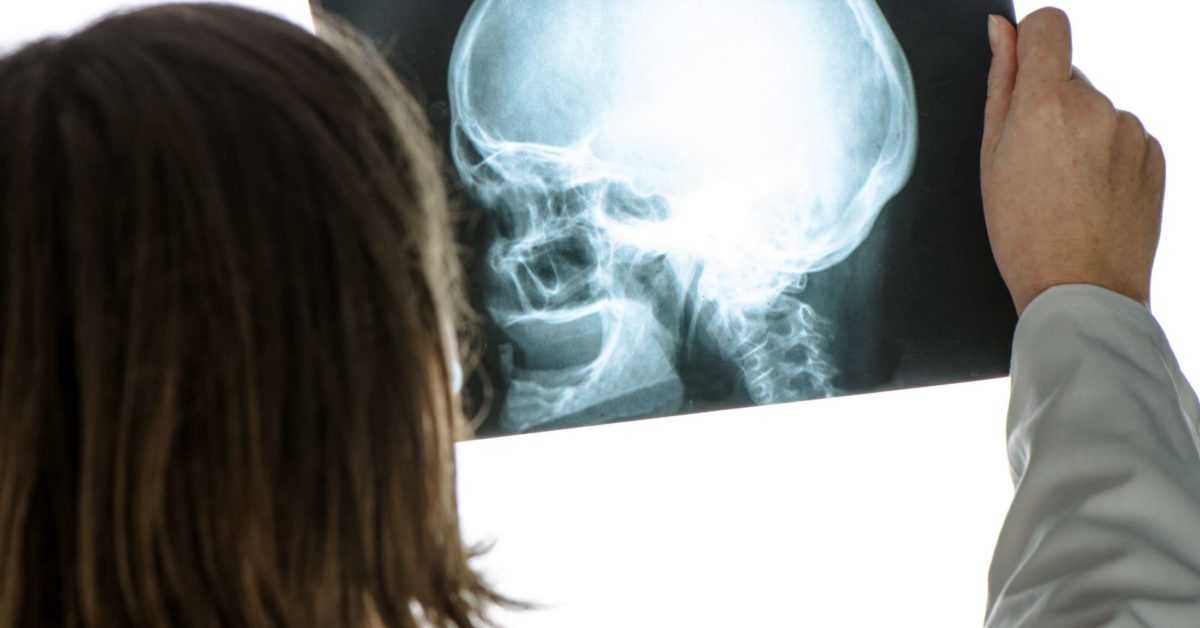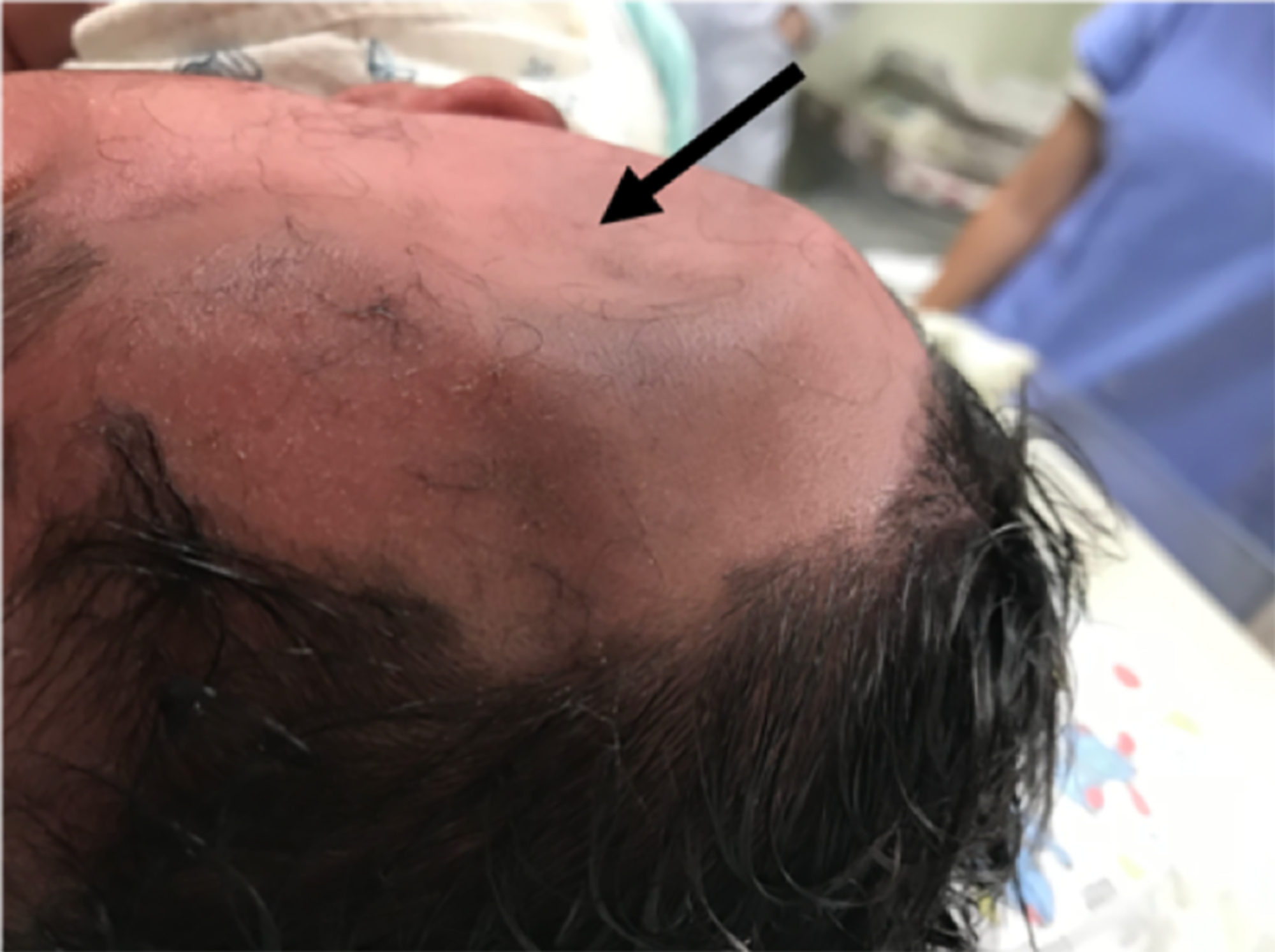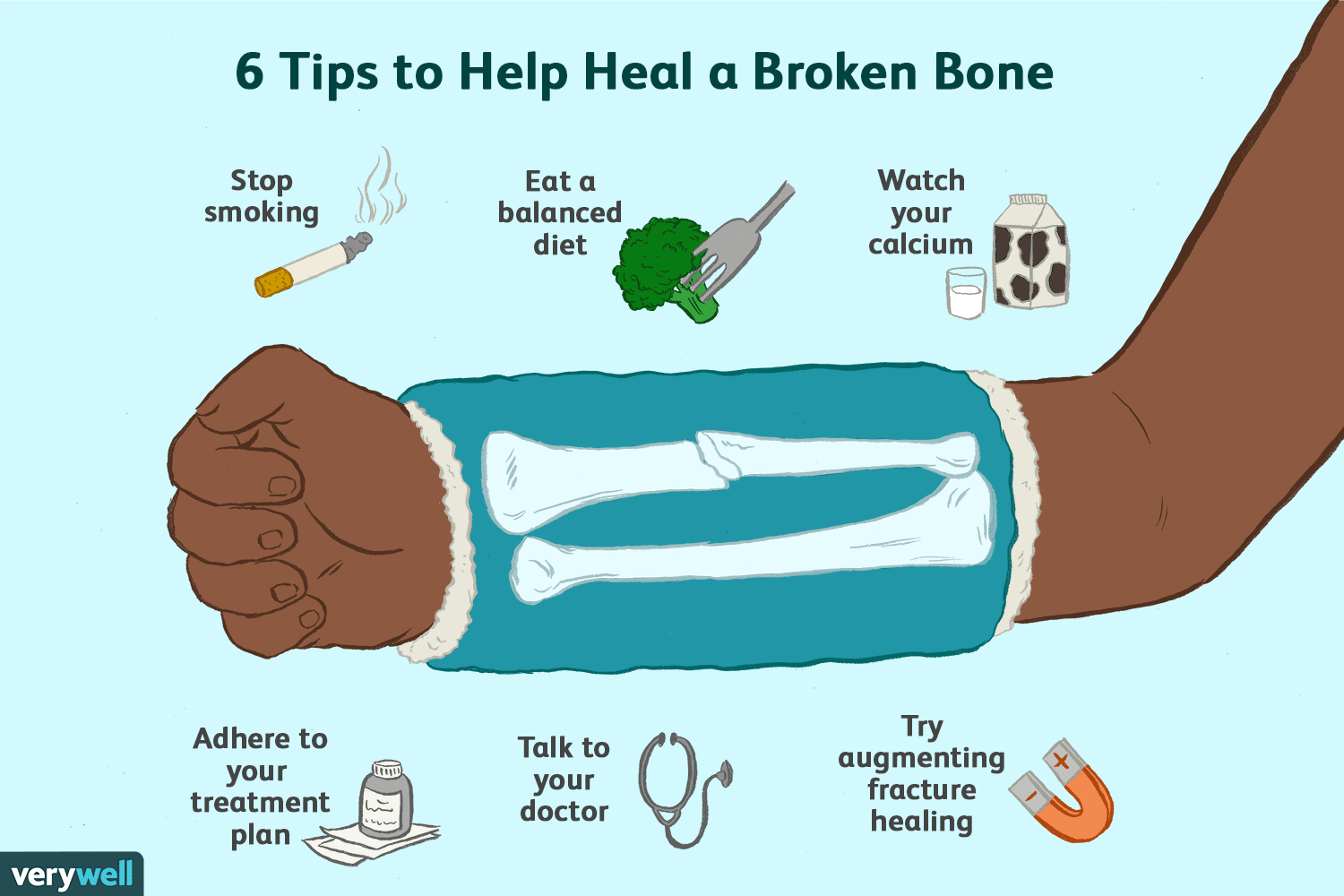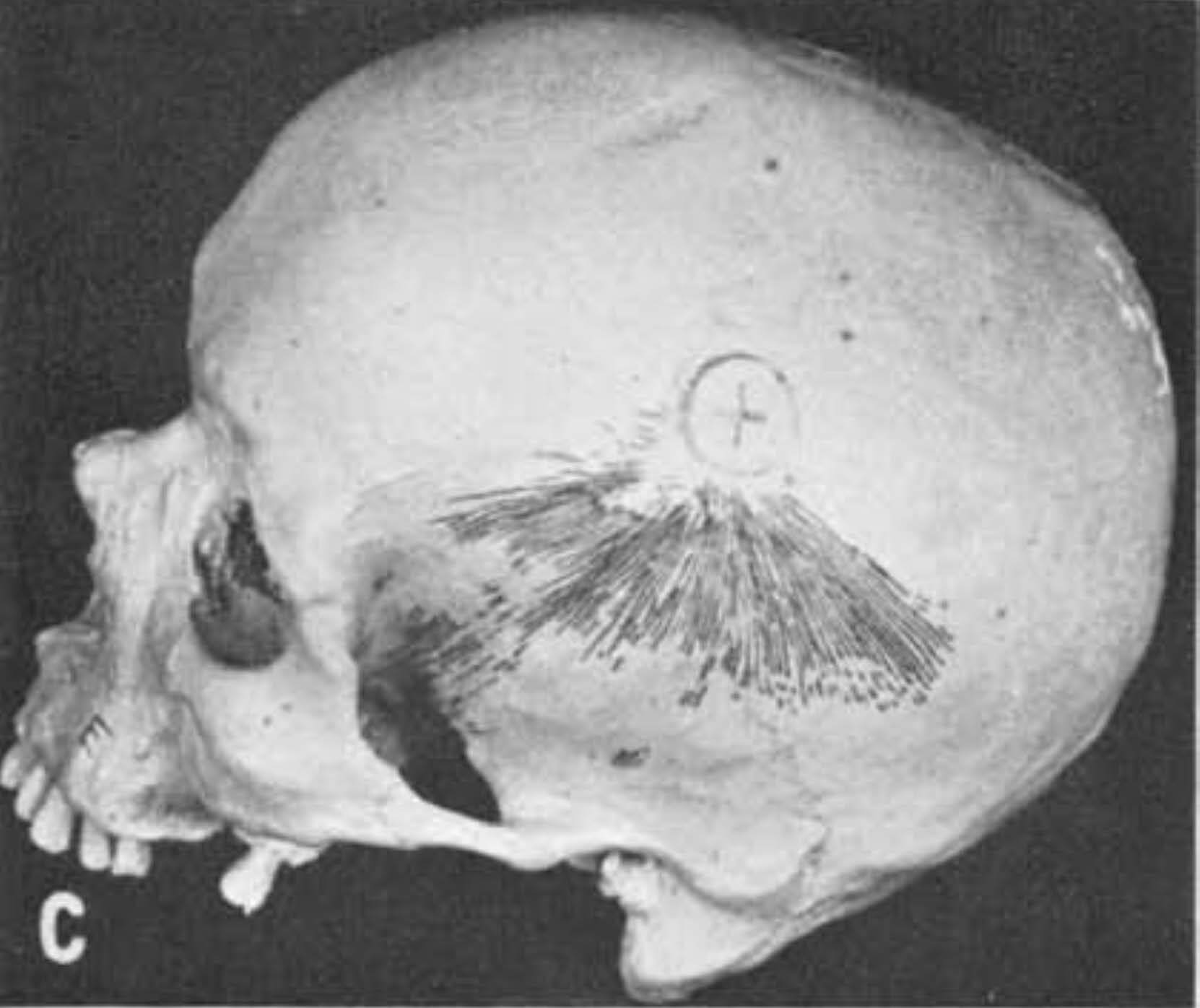Favorite Info About How To Treat A Skull Fracture

A skull fracture can injure the brain.
How to treat a skull fracture. The injured person should lie down with the head and shoulders slightly elevated. A skull fracture, is any break in any bone of the skull (the bone that surrounds the brain). Linear, depressed, diastatic, and basilar.
Pain medication may be the only treatment necessary in mild fractures, while neurosurgery may be required for more serious injuries. A head injury or skull fracture can be very serious, even if the child initially seems fine. Treatment what is a skull fracture?
A concussion is an injury to the head area that may cause instant loss of awareness or alertness for a few minutes up to a few hours after the traumatic event. If the cut is deep, your child might need antibiotics, especially if the cut goes down to the fracture. The brain rests inside the skull protected by a cushion of soft tissue called the meninges.
Signs and symptoms depend on the cause of your skull fracture: The brain can be affected directly by damage to the nervous system tissue and bleeding. People with a skull fracture require.
A fracture may be a hairline crack, or it can be what is called a depressed fracture. A helmet when riding a motorcycle, atv/utv or bicycle. There are four major types of skull fractures, including the following:
There are four major types of skull fractures: Children are more susceptible to head trauma and skull fracture than adults. Seizure medications are recommended if the chance of developing seizures is higher than 20%.
Instead, physicians prescribe medication to control pain and maintain close observation in the hospital. Clear fluid or blood running from the nose or ears bruising around the eyes (panda eyes) how is a skull fracture normally diagnosed? Avoid moving the person's neck.
A skull fracture is a break in a bone in your head. Don't move the person unless necessary. Keep the person still.
Headaches, dizziness, or jaw pain nausea or vomiting blood or clear fluid coming out of your nose or one or both of your ears The decision to observe or operate immediately is made by the neurosurgeon. The skull provides good protection for the brain.
For most skull fractures, which are linear fractures, surgical intervention is not needed. Medicines by mouth to help with discomfort; Brain function difficulties related to pressure or injury of the underlying brain.

















